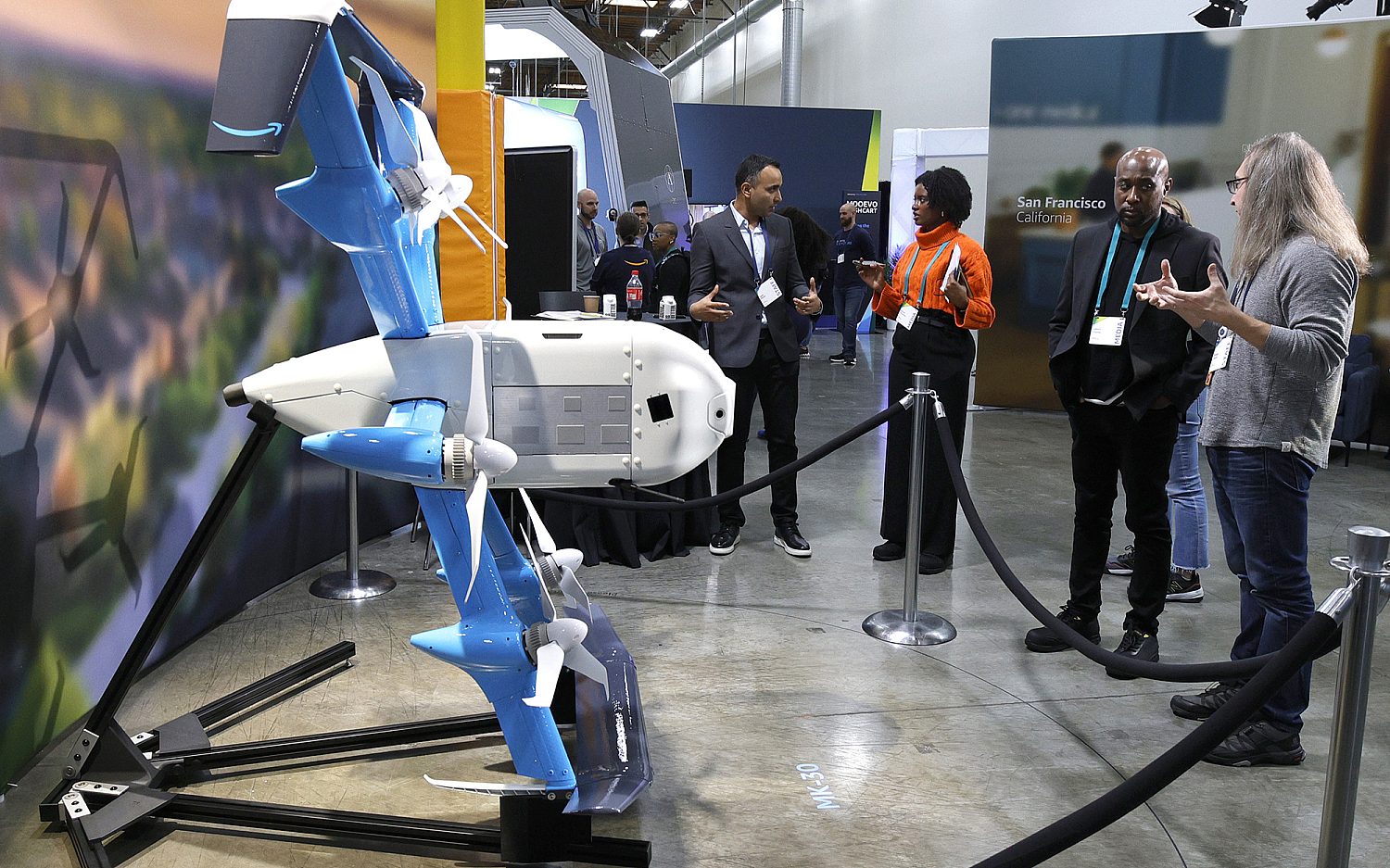New plane uses super speed to combat 21st century threats
Lockheed Martin’s Advanced Development Programs division revealed to Aviation Week last week plans for a hypersonic spy aircraft that could reach speeds up to six times the speed of sound.
The hypersonic intelligence, surveillance, reconnaissance (ISR) aircraft, known as the SR-72, is twice as fast as its predecessor, the SR-71 Blackbird. It can penetrate high altitudes, allowing the SR-72 to survive where other advanced aircraft and unmanned vehicles may not. Also the sheer speed of the plane will enable it to avoid detection and strike mobile targets before they can react or hide.
“Hypersonic aircraft like the SR-72, coupled with hypersonic missiles, could penetrate denied airspace and strike at nearly any location across a continent in less than an hour,” Lockheed Martin hypersonic program manager Brad Leland told Aviation Week. “Speed is the next aviation advancement to counter emerging threats in the next several decades.”
The SR-72 could help address threats such as the so-called “carrier-killer” missiles that China is developing. According to The Washington Times, these highly advanced ballistic missiles are believed to be capable of attacking naval vessels up to about 1,000 miles away, a distance many times the strike range of all U.S. aircraft aboard existing carriers.
Since the U.S. Air Force retired the SR-71 Blackbird nearly two decades ago, no worthy successor has taken its place, primarily due to the astronomical cost of development. Until now, supersonic planes could only reach such high speed by attaching rockets to them. The problem with rocket propulsion is cost: The oxygen needed to run the plane must be carried onboard, and its substantial weight adds to the cost of fuel.
The SR-72 uses a typical fighter jet engine with a few modifications. The jet engines are more cost-effective because they do not require onboard oxygen, and they allow for re-use. Refueling rockets is expensive and rarely done.
Jet propulsion has not been used in the past because jet engines are heavy, adding to fuel consumption. Once the aircraft has switched to hypersonic propulsion they are just dead weight. Lockheed Martin is not revealing how they have circumvented this issue, but says it has a workable plan.
The question now, according to Dr. Steven Schneider, professor of Aeronautics and Astronautics at Purdue University, is what the Department of Defense will do with this.
Although Lockheed Martin put some of their own funds into the development of the SR-72, they need government backing. “The announcement is really a sales pitch to the Defense Department,” Schneider said. “Give us some money and we will build you a really cool plane.”
An actual newsletter worth subscribing to instead of just a collection of links. —Adam
Sign up to receive The Sift email newsletter each weekday morning for the latest headlines from WORLD’s breaking news team.





Please wait while we load the latest comments...
Comments
Please register, subscribe, or log in to comment on this article.